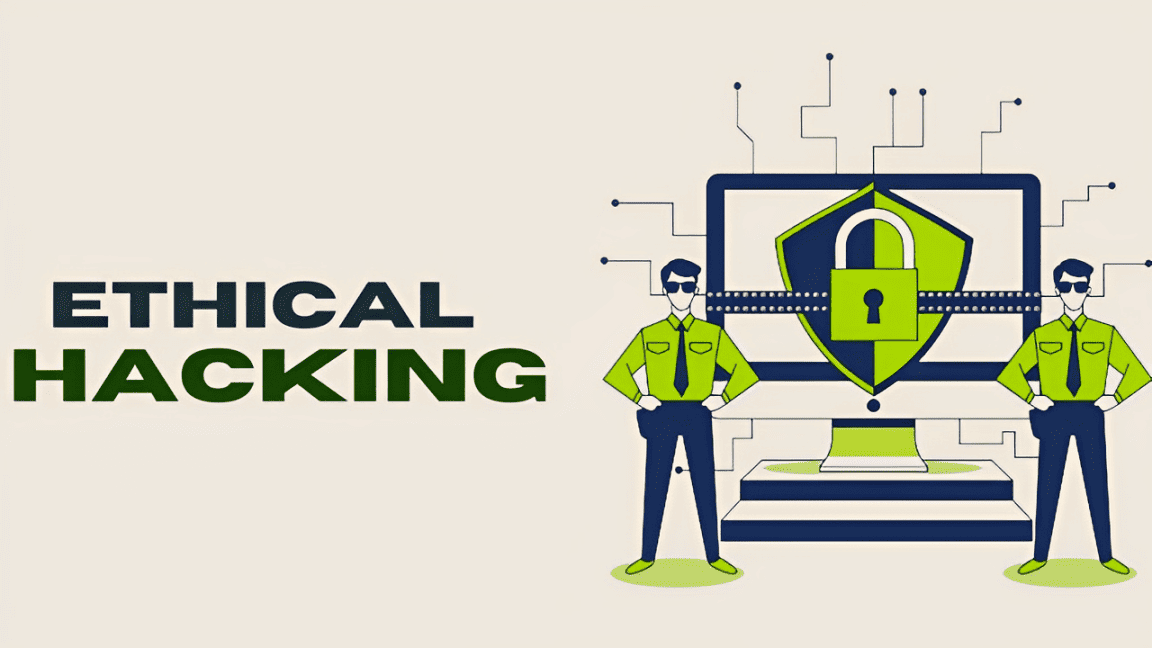Summary of the Blog
- Introduction to Penetration Testing
- What is Penetration Testing?
- Why is Penetration Testing Important?
- Core Stages of Penetration Testing
- Essential Tools for Beginners
- FAQs on Penetration Testing
- Conclusion
Introduction to Penetration Testing
Welcome to the world of cybersecurity! If you’re starting your journey into penetration testing, this guide is tailored just for you. Penetration testing, a critical aspect of cybersecurity, involves testing a computer system, network, or web application to find vulnerabilities that an attacker could exploit. Let’s dive into what makes penetration testing an essential skill in today’s digital world.
What is Penetration Testing?
Penetration testing is a method used by cybersecurity professionals to test a computer system, network, or web application to find vulnerabilities that a hacker could exploit.
Why is Penetration Testing Important?
Penetration testing plays a crucial role in the safety of your digital environment. It helps in:
- Identifying potential vulnerabilities.
- Ensuring compliance with security protocols.
- Protecting customer data and maintaining trust.
Core Stages of Penetration Testing
Penetration testing typically involves the following stages:
- Planning: Defining the scope and goals.
- Scanning: Understanding how the target reacts to various intrusion attempts.
- Gaining Access: Attempting to exploit vulnerabilities.
- Maintaining Access: Seeing if the exploited vulnerability leads to further access.
- Analysis: Reviewing and reporting the findings.
How to DO Penetration Testing?
Penetration testing is a simulated cyber attack against a computer system to check for exploitable vulnerabilities. The process can be broken down into five stages
- Planning and reconnaissance: Defining the scope and goals of a test, including the systems to be addressed and the testing methods to be used. Gathering intelligence to better understand how a target works and its potential vulnerabilities.
- Scanning: Understanding how the target application will respond to various intrusion attempts. This is typically done using static analysis and dynamic analysis.
- Gaining Access: Using web application attacks, such as cross-site scripting, SQL injection and backdoors, to uncover a target’s vulnerabilities. Testers then try and exploit these vulnerabilities, typically by escalating privileges, stealing data, intercepting traffic, etc., to understand the damage they can cause.
- Maintaining access: Seeing if the vulnerability can be used to achieve a persistent presence in the exploited system— long enough for a bad actor to gain in-depth access. The idea is to imitate advanced persistent threats, which often remain in a system for months in order to steal an organization’s most sensitive data.
- Analysis: Compiling the results of the penetration test into a report detailing specific vulnerabilities that were exploited, sensitive data that was accessed, and the amount of time the pen tester was able to remain in the system undetected. This information is analyzed by security personnel to help configure an enterprise’s WAF settings and other application security solutions to patch vulnerabilities and protect against future attacks.
Essential Tools for Beginners
Some beginner-friendly tools for penetration testing include:
- Nmap: For network discovery and security auditing.
- Wireshark: For network protocol analysis.
- Metasploit: Useful for executing exploit code against a remote target machine.
Top Five Penetration Testing Careers
Resources
Online Course: Coursera’s “Introduction to Penetration Testing” course.
Book: “The Basics of Hacking and Penetration Testing” by Patrick Engebretson.
Cybersecurity: ALL About Cyber Security
FAQs on Penetration Testing

- What skills do I need for penetration testing?
- Basic knowledge of networking and programming is helpful but not mandatory.
- How often should I conduct penetration testing?
- Regular testing, ideally annually or after significant changes, is recommended.
- Can penetration testing be done remotely?
- Yes, it can be conducted remotely, especially for web applications.
- Is penetration testing just for large companies?
- No, businesses of all sizes can benefit from penetration testing.
- What’s the difference between penetration testing and vulnerability scanning?
- Penetration testing is a hands-on approach, while vulnerability scanning is more automated.
Conclusion
Penetration testing is a fascinating and essential field within cybersecurity. For beginners, it’s about building a foundation in understanding vulnerabilities and how to protect against them. As you grow in this field, remember, the landscape of cybersecurity is always evolving. Stay curious, keep learning, and your journey in penetration testing will be both enriching and exciting!





